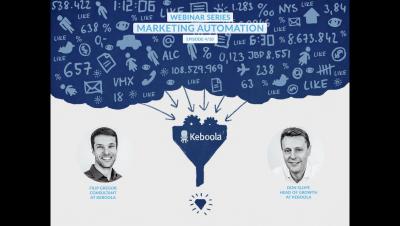Systems | Development | Analytics | API | Testing
Analytics
Qlik's Multi-Cloud Solution - Part 1 - Introduction
Data Festival London - From "Data reporting" to "Data storytelling"
Visualizing Distributions
In my last blog post, I finished up how to create maps with your data using either point, area or flow representation. Today we’re starting with a new topic focusing in on how to visualize the distribution of data. You may remember from my “Mapping data to visualization usage” post that one way to break down the usage of chart is to divide them into these four groups: Comparison, Composition, Distribution and Relationship.
Your Customer's Journey 4/10: Marketing Automation & the Marketing 360°
A Beginner's Guide to Mobile Website Optimization
Use this guide to learn about all the different considerations and elements when it’s time to optimize your website for mobile devices.
4 Possible Ways a Blockchain Can Impact Data Management
We all know we are at the peak of the hype cycle for…wait for it – Blockchain! We are also already aware of some of the benefits of blockchain - but can blockchain be applicable to traditional data management? Though real-world blockchain implementations in the enterprise are minimal so far, I do believe there is a ton of potential to solve some of the problems that businesses face.
Qlik and the United Nations Expand Joint Analytics Initiatives That Enhance Sustainability Missions Across the Globe
New and Existing Applications Extend Five Year Partnership; Innovations Showcased at UN’s STI Forum 2018
Inside Help Scout's Mission to Optimize The Customer Experience First
They’ve grown to 75 employees in 50+ cities, have been profitable since year 2, and have raised $12 million as a tool to further their mission–here’s the story of everything in between.
Big Data in Healthcare: 4 Big Benefits
Few industries have been revolutionized by big data as much as healthcare. In this episode, we talked about: Gene mapping, Creating new drugs, Real-time health data, Organ donation









